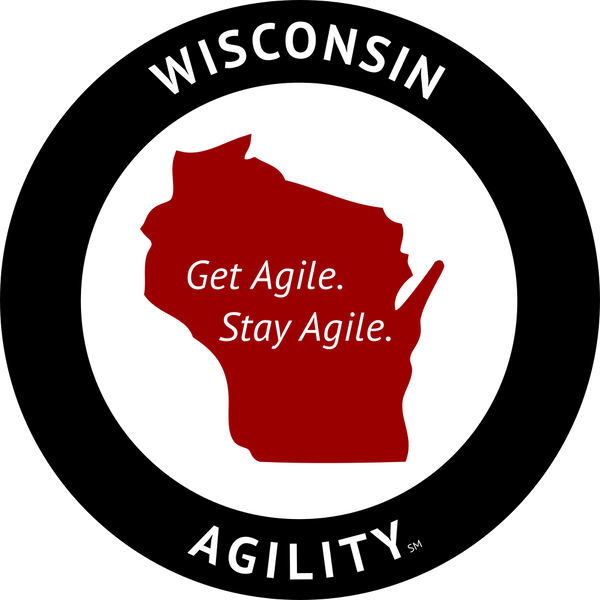Beyond the Task List: Transforming Backlogs into Strategic Tools for Value Delivery
Chad Beier and Jeff BubolzShare
Backlogs are often overflowing with tasks: "build this, update that, create an API, fix the database schema." These task-heavy backlogs leave Product Owners drowning; piecing together how each individual task might deliver value. Product Owners are being project managers in these instances. How do you move your Product Backlog from a list of tasks to a focus on solutions and, ultimately, outcomes.
The Problem: Running Fast But Going Nowhere
In many organizations, backlogs are designed for rapid delivery, but speed doesn’t equal success. Without clear alignment to outcomes, teams risk running in circles, trying to please every stakeholder and ending up with a fragmented approach. The result? No progress in the areas that matter most.
This happens when the backlog is treated as a storage space for requests rather than a tool to solve meaningful problems. The question isn’t just what to build, but why it matters and how it will create impact.
The Shift: From Tasks To Solutions
To progress, Product Owners need to abstract their backlogs away from granular tasks and focus on solving business problems. By organizing backlog items around problems, the decision-making process becomes clearer:
- What problem is most critical right now?
- What’s going to make the biggest impact for our users and stakeholders?
- Are we solving the right problem?
This approach transforms a reactive backlog into a proactive one. It moves the focus from managing requests to delivering meaningful solutions.
The Destination: Outcomes That Matter
The most mature product teams take this evolution a step further, organizing their backlogs around desired outcomes. Instead of asking, What do we need to build?, they ask, What do we need to achieve?
Why Outcomes?
- Align backlog items to customer value and measurable goals.
- Drive decisions based on data and learning rather than assumptions.
- Create focus by prioritizing problems with the highest impact potential.
By linking each backlog item to an intended outcome, teams shift from merely delivering features to delivering tangible, validated results.

Building the Muscle
Shifting from tasks to solutions to outcomes isn’t just a process change—it’s a skill that teams must build over time. It’s tempting to dive straight into assumptions and skip validation. After all, jumping to solutions often feels faster, but it’s also riskier and more expensive in the long run.
Instead:
- Use experiments to validate ideas before investing heavily.
- Collaborate with stakeholders to align on problems and outcomes.
- Continuously refine backlog items to maintain focus and agility.
Closing the Loop
Moving beyond tasks to solutions and outcomes allows Product Owners and teams to deliver higher value with clarity and purpose. It’s about evolving backlog management into a strategic practice that empowers teams to focus, learn, and adapt.
Is your backlog driving outcomes, or just delivering tasks?

